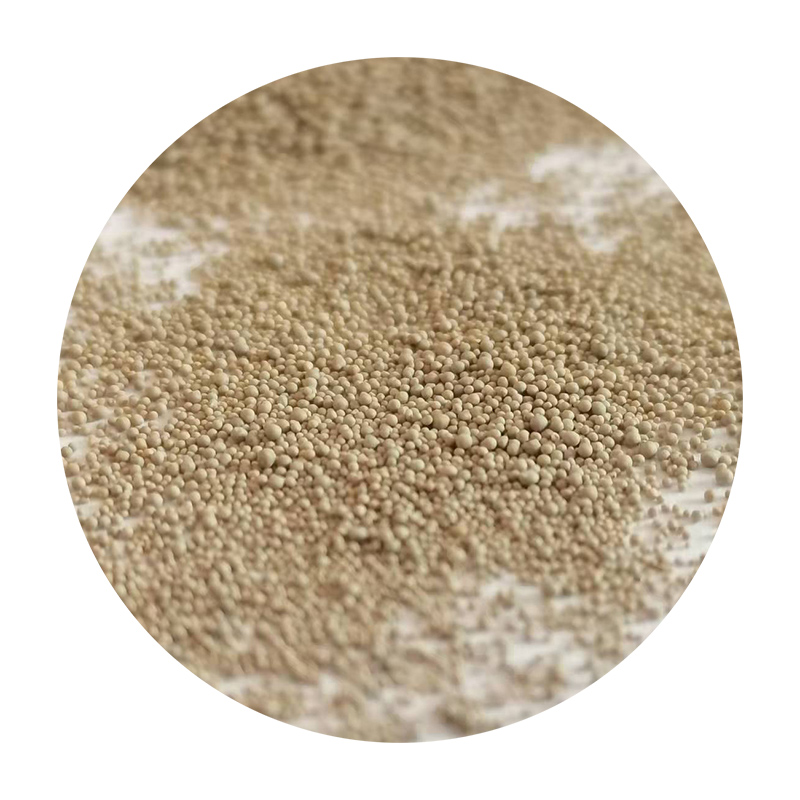Exploring Low Volume Sand Casting A Comprehensive Overview
In the world of manufacturing, the process of sand casting has long been recognized for its versatility and effectiveness, especially in low volume production. Low volume sand casting refers to the creation of metal castings in small quantities, which is particularly beneficial for prototypes, custom parts, and low-demand products. This technique has gained popularity across various industries, including automotive, aerospace, and consumer goods due to its cost-effectiveness and the ability to produce complex geometries.
The Sand Casting Process
The sand casting process begins with the creation of a mold, which is made from a mixture of sand, a binding agent, and water. This sand mixture is known for its ability to retain shape and withstand the high temperatures of molten metal. The first step involves producing a pattern that reflects the desired shape of the final product. This pattern can be made from various materials, such as metal or plastic, depending on the complexity and volume of the cast.
Once the pattern is ready, it is placed within a mold box, and sand is packed around it. The binder helps the sand particles adhere to one another, creating a sturdy mold when the pattern is removed. After the mold is formed, the next step involves pouring molten metal into the cavity left by the pattern. This metal can be aluminum, iron, or other alloys, chosen based on the required properties of the final product. After the metal cools and solidifies, the mold is broken away to reveal the casting.
Advantages of Low Volume Sand Casting
1. Cost-Effectiveness One of the most significant advantages of low volume sand casting is its cost-effectiveness. Traditional manufacturing techniques often require expensive tooling and setup costs, making them impractical for small quantities. Sand casting, on the other hand, requires minimal investment in molds and can be easily adjusted for different designs.
2. Flexibility in Design Sand casting allows for a high degree of design flexibility. Complex shapes and intricate details can be achieved, making it suitable for custom designs and prototypes. This flexibility is particularly beneficial for industries where innovation is key and rapid product development is essential.
low volume sand casting

3. Material Variety This method accommodates a wide range of materials, including ferrous and non-ferrous metals. This diversity allows manufacturers to select the best material properties for their specific application, whether it be strength, weight, or thermal resistance.
4. Reduced Lead Times For low volume production, sand casting can significantly reduce lead times. Unlike high-volume production methods that require lengthy setup and changes, sand casting enables quicker turnaround, making it ideal for companies looking to bring products to market faster.
Challenges and Considerations
Despite its advantages, low volume sand casting does come with its challenges. The surface finish of cast parts can be rough and may require additional machining or finishing processes to meet precise specifications. Additionally, the dimensional accuracy of sand castings can sometimes be less than that of investment castings or CNC machining, necessitating careful design considerations.
Furthermore, while low volume sand casting is effective for small batches, it may not be as efficient for very large-scale production due to the time-consuming nature of creating molds for each individual component. Therefore, manufacturers must assess their production needs and evaluate cost-benefit ratios accordingly.
Conclusion
Low volume sand casting stands out as a valuable manufacturing process, especially for industries that demand flexibility, quick prototyping, and cost-effective solutions. By understanding its mechanism, advantages, and potential challenges, companies can leverage this technique to meet their specific needs effectively. As technology continues to advance, sand casting will likely evolve, paving the way for even more innovative applications in the manufacturing sector. Whether for a prototype or a small batch of final products, low volume sand casting remains a robust, adaptable choice for modern manufacturing needs.
Post time:12 月 . 13, 2024 04:40
Next:supersands
